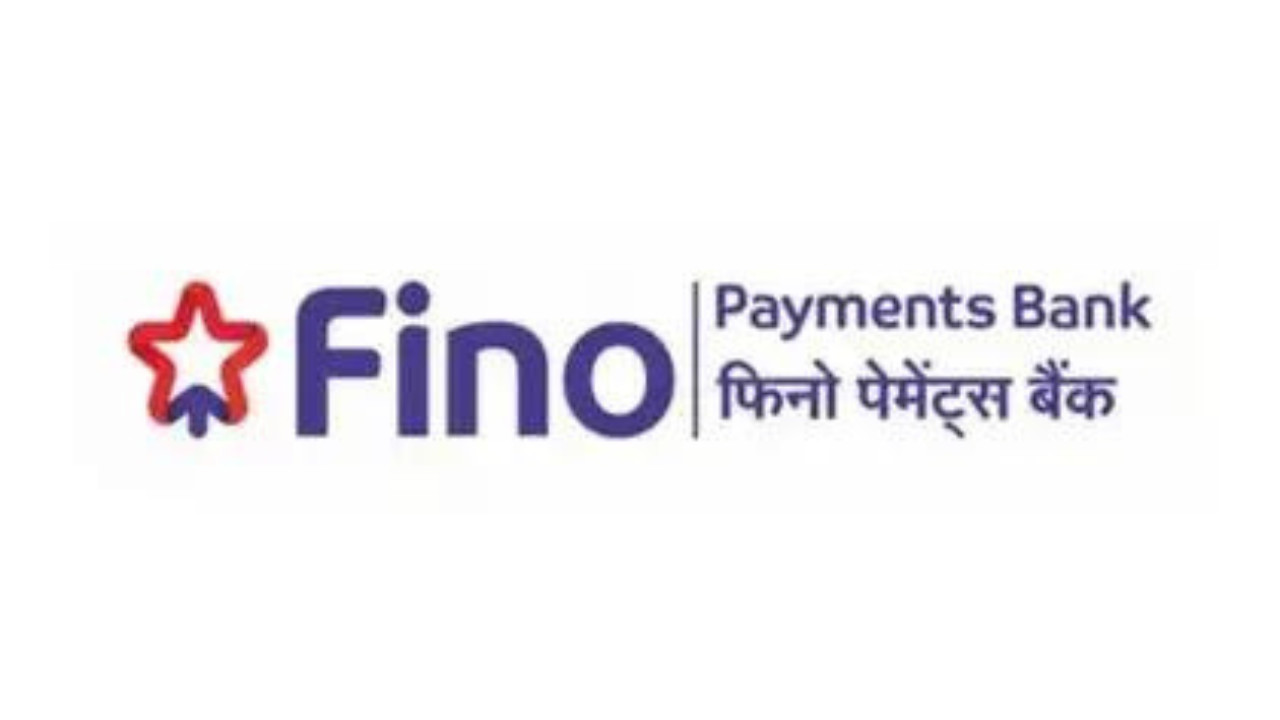Sebi’s board has approved amendments to ease business operations for REITs, InvITs, and merchant bankers. These changes include greater cash-flow flexibility, clearer public unitholding definitions, harmonized reporting timelines, and reduced minimum investment for privately placed InvITs. Merchant bankers can now conduct certain non-Sebi-regulated financial services under the same entity, subject to regulatory safeguards, enhancing operational efficiency.
REITs and InvITs: SEBI Just Shook Things Up – Are You Ready?
Okay, friends, let’s talk about shaking things up in the investment world. Specifically, let’s dive into some fresh moves from SEBI, India’s market regulator, that are poised to make Real Estate Investment Trusts (REITs) and Infrastructure Investment Trusts (InvITs) a whole lot more accessible and appealing. Forget those stuffy finance reports – let’s break this down into what it really means for you.
For those unfamiliar, REITs and InvITs are essentially collective investment vehicles. Think of them like mutual funds, but instead of stocks, they invest in income-generating real estate (like malls, office buildings, and warehouses for REITs) or infrastructure projects (roads, power grids, pipelines for InvITs). They allow you to own a piece of these big-ticket assets without needing millions (or billions!) of rupees.
So, what’s the buzz about SEBI’s reforms? Well, it boils down to three key things: clarity, smaller entry tickets, and a more empowered role for those who help bring these deals to market.
First up: transparency. SEBI’s tightening up disclosure norms to ensure everyone gets the same comprehensive view of the investment. We’re talking standardized formats, more detailed financial data, and clearer information on potential risks. This isn’t just about ticking boxes; it’s about building trust and making sure investors are armed with the right information to make informed decisions. It’s like being able to see under the hood of the car before you buy it, not just kicking the tires.
Why does this matter? Because, let’s be honest, financial jargon can be a real headache. By simplifying the language and making the information more readily available, SEBI’s essentially leveling the playing field, giving the average investor a fighting chance to understand what they’re getting into. The more transparency there is, the more confidence investors will have, which should, in turn, fuel growth in the REITs and InvITs market. And that’s good for everyone.
Now, let’s talk about accessibility. The previous minimum investment amounts could be a barrier for many small investors. Previously, you needed a significant chunk of change to even dip your toes in the REIT/InvIT pool. SEBI’s answer? Lowering the minimum subscription amounts. This is a big deal. It opens the door to a whole new segment of investors who were previously priced out of the market. Instead of needing a small fortune, you can now start with a much more manageable amount. Think of it like this: you can now sample the buffet before committing to the all-you-can-eat feast.
The implications are significant. Smaller investment sizes could encourage more retail participation, injecting fresh capital into the market and potentially leading to greater liquidity. It also allows for greater diversification within a portfolio. You can spread your investments across various REITs and InvITs, reducing your overall risk. In short, it empowers the everyday investor.
Finally, the reforms address the role of merchant bankers. These guys are the dealmakers, the intermediaries who bring REITs and InvITs to market. SEBI’s broadened their responsibilities, holding them to higher standards of due diligence and accountability. This means merchant bankers will have a greater stake in ensuring the quality and integrity of the offerings they bring to investors. They will have to be even more careful about the projects they back.
While some may see this as added bureaucracy, it’s ultimately about investor protection. Strengthening the gatekeepers ensures that only viable and well-structured deals make it to market, mitigating the risk of investors being burned by poorly managed or fraudulent schemes. Essentially, SEBI is ensuring a more robust and regulated ecosystem.
So, what’s the bottom line? These reforms are a welcome step towards maturing the REITs and InvITs market in India. By increasing transparency, lowering entry barriers, and empowering merchant bankers, SEBI is aiming to foster a more vibrant and investor-friendly environment.
Of course, like any investment, REITs and InvITs come with their own set of risks. It’s crucial to do your research, understand the underlying assets, and assess your own risk tolerance before diving in. However, these changes undoubtedly make them a more accessible and potentially attractive option for a wider range of investors.
Could this be the start of a new era for alternative investments in India? It certainly feels like it. Keep your eyes on this space – it’s going to be interesting to see how these reforms play out in the months and years to come. Who knows, you might just find yourself owning a piece of that shiny new highway or bustling shopping mall sooner than you think.







